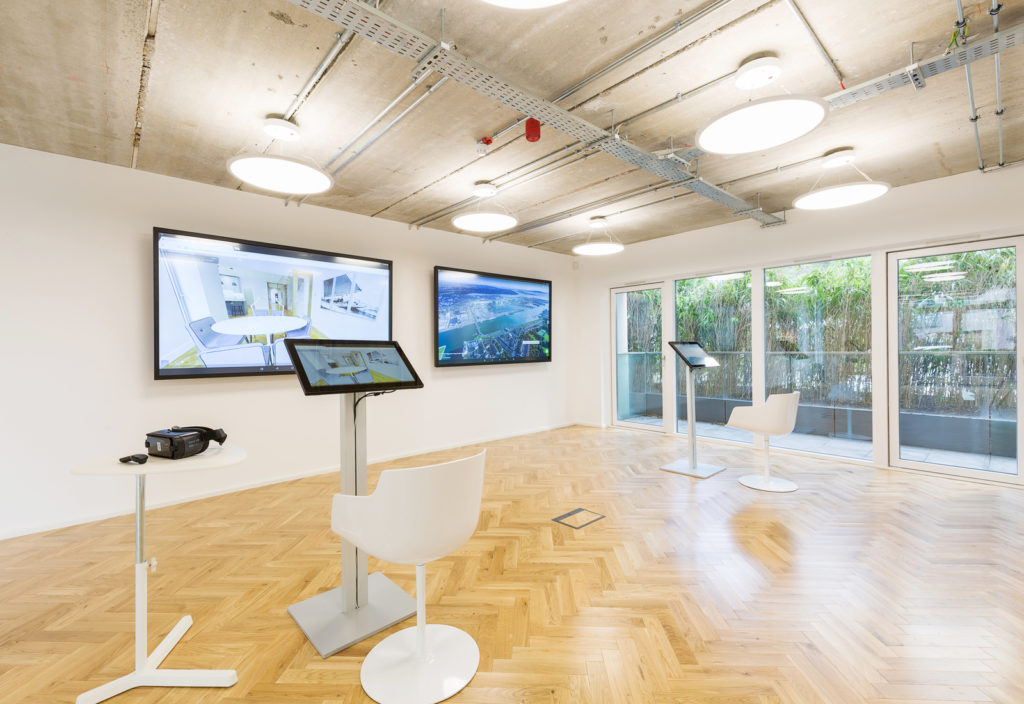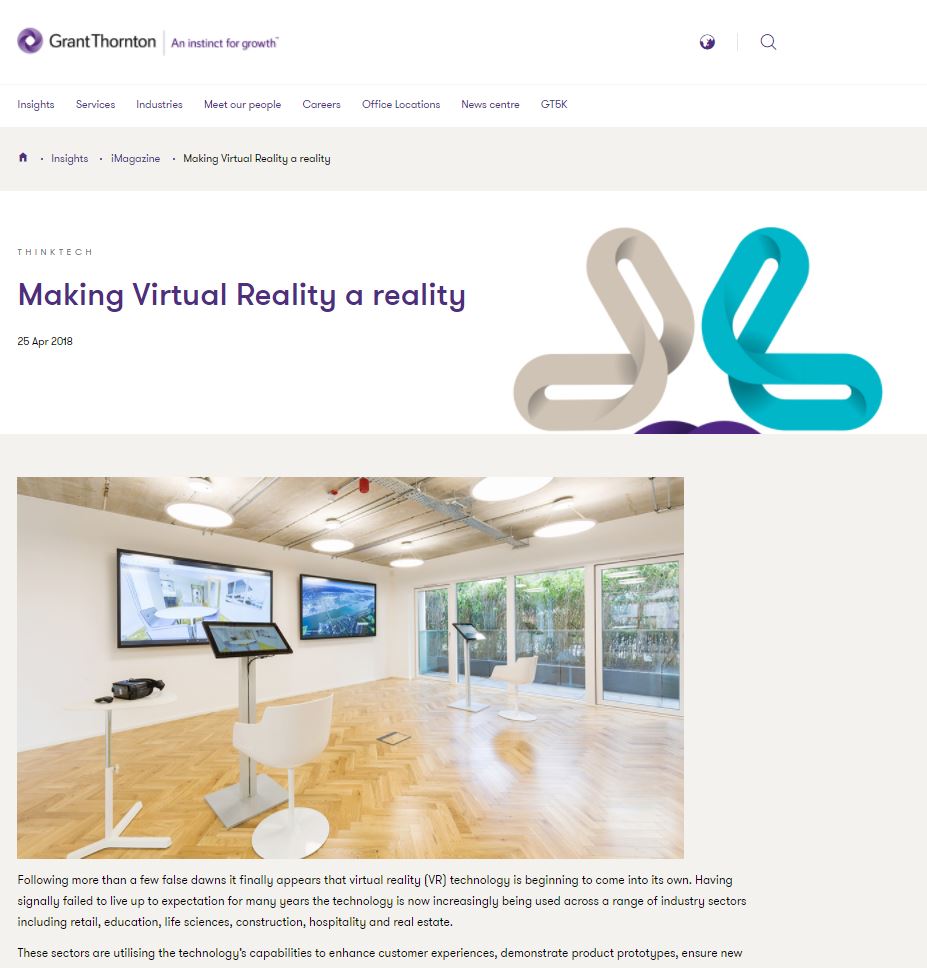Following more than a few false dawns it finally appears that virtual reality (VR) technology is beginning to come into its own. Having signally failed to live up to expectation for many years the technology is now increasingly being used across a range of industry sectors including retail, education, life sciences, construction, hospitality and real estate.
These sectors are utilising the technology’s capabilities to enhance customer experiences, demonstrate product prototypes, ensure new buildings are constructed according to plans, bring education and training courses to life, and add a new dimension to advertising and promotional campaigns.
Part of the problem up until now was expense. For example, when Sony introduced the technology for its PlayStation gaming platform the headsets cost as much if not more than the games console. The gamers’ ardour was further cooled by the fact that the VR games made available were merely rehashes of existing games and therefore didn’t take much advantage of the potential of the new technology.





